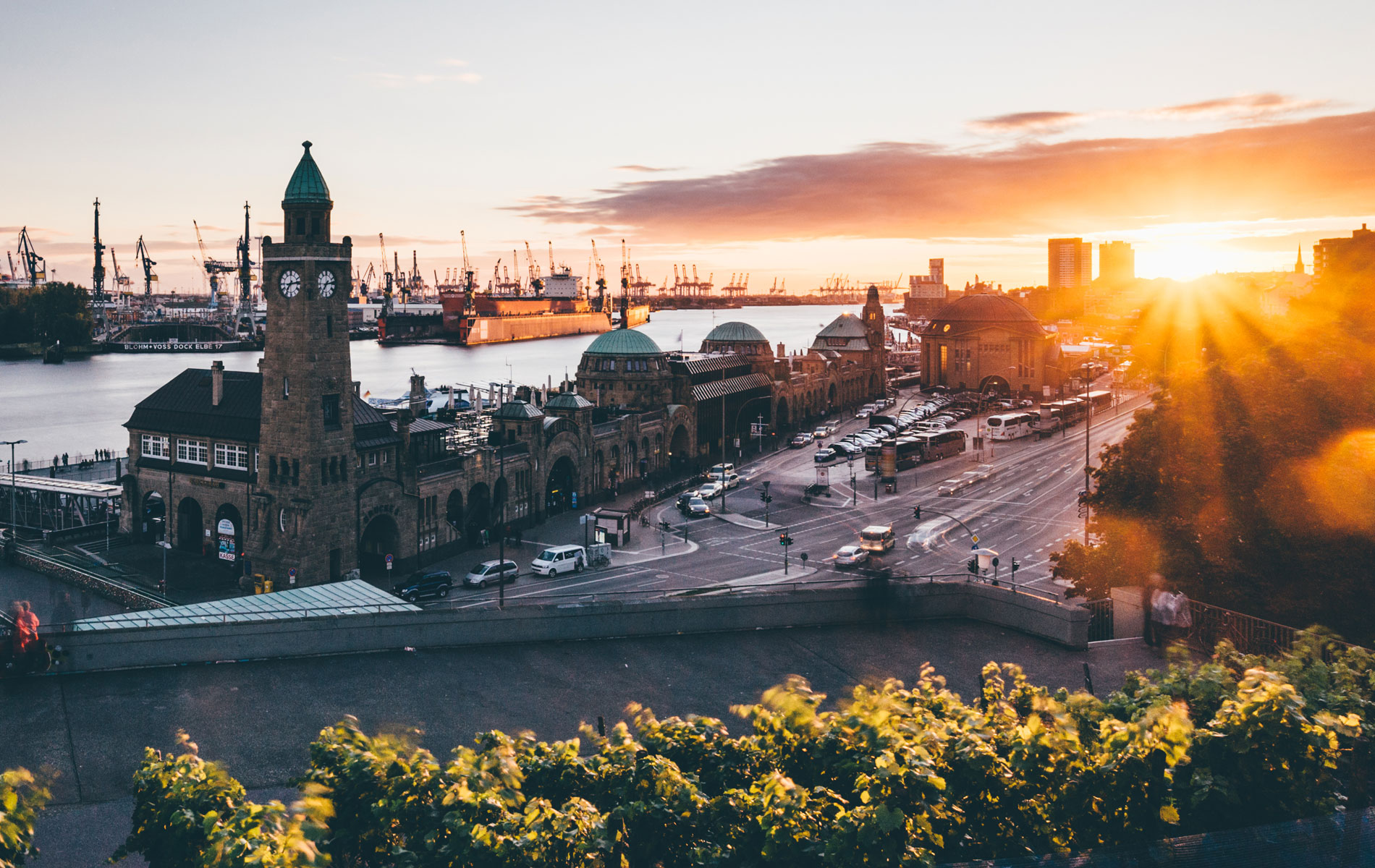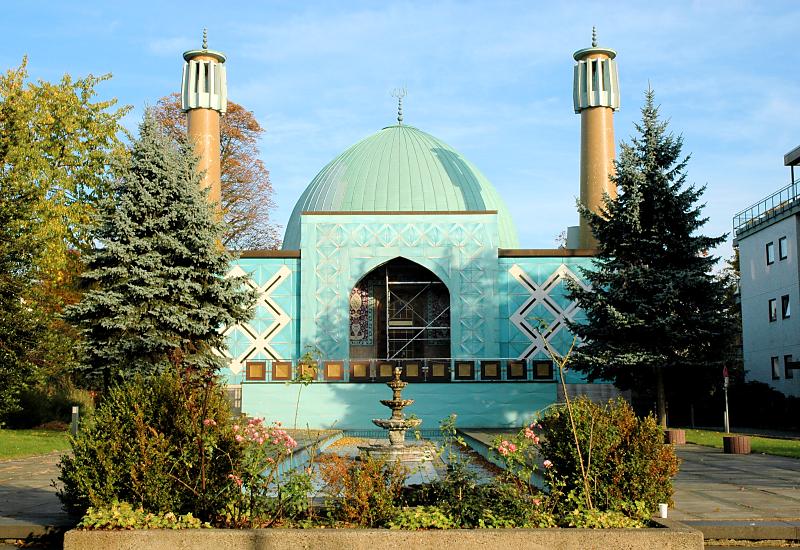The port city of Hamburg has always been a place where people from all over the world came together. They brought their religious beliefs with them and founded new congregations in the city.
Hamburg officially turned Protestant in 1529 and became a safe haven for persecuted Dutch, Flemish and French Protestants. Yet, followers of other religions were welcome only in nearby Altona. Then an independent city under Danish rule, Altona was famous for its freedom of religion. Here, Sephardic Jews from Spain and Portugal, as well as Catholics from Protestant Northern Europe, found refuge. One of the most well-known streets in St. Pauli, namely “Große Freiheit”, still refers to this “great freedom”.
Today, Hamburg is one of the most religiously diverse cities in Germany. Altogether, there are more than 300 houses of prayer to be found in the city. In 2016, 52% of Hamburg’s inhabitants did not affiliate with any religion.
Protestants make up about 30% of “Hamburgers”, with Protestantism having been the dominant religious denomination since the early 16th century. The biggest and best-known church is the baroque style St. Michaelis, a true Hamburg icon. St. Petri, St. Katharinen and St. Jacobi are the most important churches of the Altstadt (Old Town), with their bell towers all climbing to well above 100 metres in height. Towering above them all, are the ruins of St. Nikolai. At 147 metres, this was once the highest building in the world and Hamburg’s most important house of prayer. After being destroyed during WWII, the ruins were turned into a memorial site. North of the centre, in Harvestehude, a new St. Nikolai church was constructed and is now also among the largest Protestant churches in the city.
Catholics, despite making up about 10% of inhabitants, have had significantly less influence on the city’s skyline. The new St. Mary's Cathedral in St. Georg precinct is unmistakable because of its two towers and houses the Archdiocese of Hamburg. Within the Christian community, there is a lot of diversity. Protestantism appeals less to Christian immigrants from African, South American and Asian countries and thus many have founded their own congregations, often with services in English or Spanish. Accordingly, the number of Protestants in Hamburg is on a steady decline, while the number of Catholics has remained the same.
Muslim numbers grow as well, although there are still more Christians migrating to Hamburg than there are believers in Allah. Muslims account for 8% of the population and today they have about 50 mosques in Hamburg. The most notable are the large but unassuming Centrum Mosque in St. Georg and the beautifully ornamented Imam Ali or Blue Mosque, which also houses Hamburg’s Islamic Centre. The centre is open to the public and is dedicated to intercultural dialogue and the dissolving of prejudice.
Jews have lived here since the 16th century. Before the Third Reich, the approximately 20,000 Jewish people in Hamburg represented one of Germany’s largest Jewish communities. By 1945, 8,000 of them had been murdered and all significant synagogues had been destroyed. More than 3,000 little concrete blocks, the so-called “Stolpersteine”, have been laid out all over the city to commemorate the victims. Today, 3,500 inhabitants of Hamburg identify as Jewish. The most significant synagogue can be found on Hohe Weide.
The newly opened Bhakti Yoga Centre in Hamburg Harburg is just one of several Hindu temples in the city. Every sunday, a vegetarian feast is held here and everyone is welcome. Buddhism in Hamburg can be practised at the Buddhist Centre on Thadenstrasse in St. Pauli -- daily, communal meditations are open to everyone!

